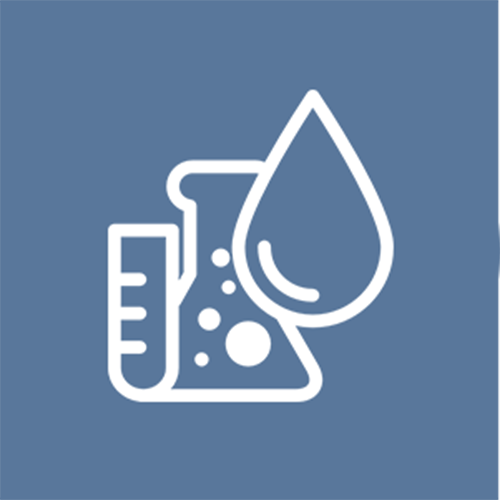The “Amunas” of the Carhuayumac micro-basin, water sowing practices of San Pedro de Casta in Huarochiri, Lima. Peru.
Description
Location

Sketch
Information about lithology/geochemistry:
Volcanic-sedimentary rocks: Andesitic tuffs and lavas intercalated with sandstones and conglomerates. The ecology of the area has been determined according to the description provided by ONERN in 1995, which utilizes Dr. Holdridge's Life Zone Classification System worldwide. Based on this information, within the micro-watershed of Carhuayumac, five life zones have been identified: Low Tropical Thorn Scrub (ee-LTTS) Tropical Montane Thorn Scrub (e-MTTS) Tropical Montane Rainforest (bh-TMR) Pluvial Alpine Tundra - Tropical (tp-AT) Very Humid Paramo - Tropical Subalpine (pmh-TSA)
Main Description
- The hydrographic unit corresponds to the Carhuayumac micro-basin with an area of 58 square kilometers, which is embedded in the Santa Eulalia sub-basin with a total area of 1077.38 square kilometers, which in turn represents 30.75% of the total area of the Rímac basin, major siver supplying water to Lima.
Enhance ecohydrological processes in novel ecosystem
YES
Apply complementary Ecohydrological processes in high impacted system
NO
This table presents the different categories of ecosystem services that ecosystem can provide, divided in:
Provisioning Services are ecosystem services that describe the material or energy outputs from ecosystems. They include food, water and other resources.
Regulating Services are the services that ecosystems provide by acting as regulators eg. regulating the quality of air and soil or by providing flood and disease control.
Ecosystem services "that are necessary for the production of all other ecosystem services". These include services such as nutrient recycling, primary production and soil formation.
Cultural Services corresponds nonmaterial benefits people obtain from ecosystems through spiritual enrichment, cognitive development, reflection, recreation, and aesthetic experiences.
EH Principles
Quantification of the hydrological processes at catchment scale and mapping the impacts
Ecological engineering (integration, dual regulation and biotechnologies in catchment scale for enhancement of ecological potential)
ECOHYDROLOGY ENGINEERING SOLUTIONS
The ecohydrological infrastructure in this case is the traditional Andean water management systems known as amunas. These systems serve as a form of ecohydrological infrastructure designed to regulate hydrological processes, including runoff speed, infiltration, and recharge. The strategic redirection of water by amunas influences the landscape's water dynamics, which, in turn, interact with the surrounding vegetation.
 Ecohydrological Infrastructure
Ecohydrological Infrastructure
The environmental/hydrological flow, considered as the natural flow, fluctuates between 0.09 m3/s during the dry season (June) and 1.04 m3/s
 Hydrological Flow
Hydrological Flow
Major Issues







Expected Outcomes
Outcomes have already been seen and measure, with proven impacts at micro-basin scale as well as sub-basin scale in Santa Eulalia. It is expected that the latest results are maintained through time and that more amunas are identified for 2024 in the Carhuayumac micro-basin.
Latest Results
Contacts
Jose Antonio Fernandez Lopez-Lavalle
- contacto@aquafondo.org.pe
- https://aquafondo.org.pe/
- Fondo de Agua para Lima y Callao – Aquafondo
- https://aquafondo.org.pe/
Social ecohydrological system
EH Objectives
EH Methodology
Catchment Ecohydrological sub-system
Objectives
Stakeholders
Catchment Sociological sub-system
Activities